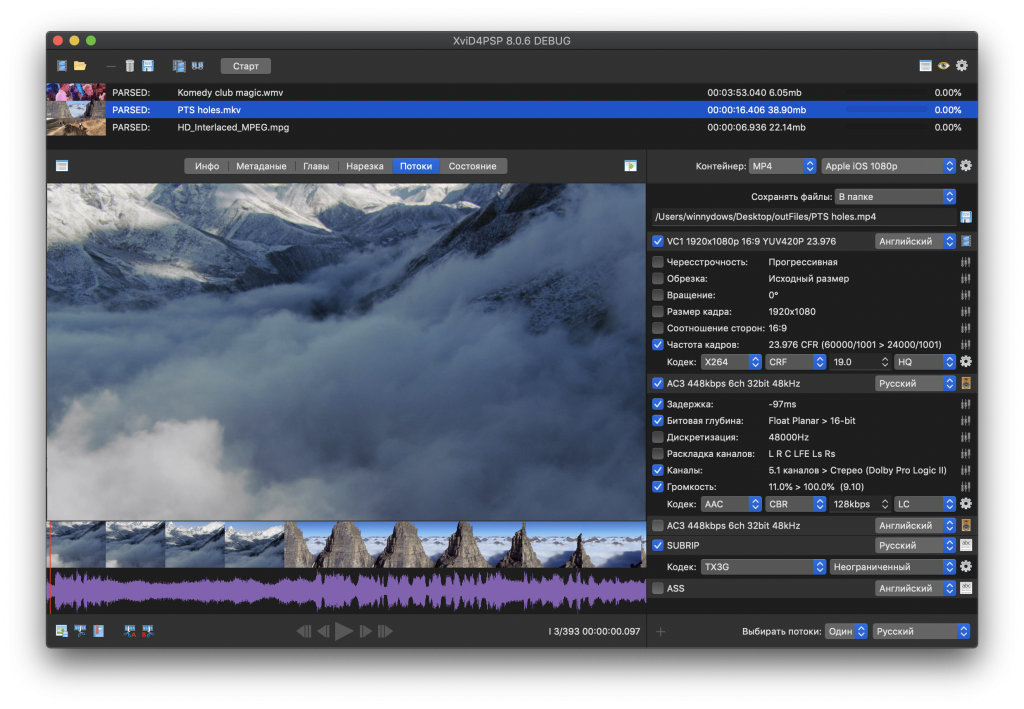

This code will also deconstruct a Praat textGrid file and time align any annotations therein to the wave form or intensity curve. If you're interested in normalisation etc., feel free to contact me.
#Xvid4psp build 7 subtitles how to#
The code provided in the appendix of this paper details how to normalise two wave forms and superimpose them for analysis using different colours. This method was originally developed for a paper I co-authored with Martin Kohlberger (currently in-press) to analyse nasality data. This tutorial/ guide/ code (or whatever you want to call it) details how to export sound data from Praat and plot it using R.

Plot_ly(z = ~iDensity4) %>% add_surface() IDensity4=data.matrix(iDensit圓, rownames.force=NA) IDensity=kde2d(Vdata$F1, Vdata$F2, lims=c(range(Vdata$F1),range(Vdata$F2))) Then the data needs to be converted to a 'matrix'. It needs to be converted to a data frame to remove the first two unwanted columns. #Creates a density matrix from the vowel data. Vdata=read.table("%DIRECTORY%/Vowels.txt", header=T) I figure since I've already posted two vowel plotting tutorials, a third isn't necessary. There's only 7 lines of code and the MASS and PLOTLY libraries really do all the work. I'm not going to waste your time with a tutorial on this one. Interactive 3D density plots for vowel visualisation with the PLOTLY and MASS libraries


 0 kommentar(er)
0 kommentar(er)
